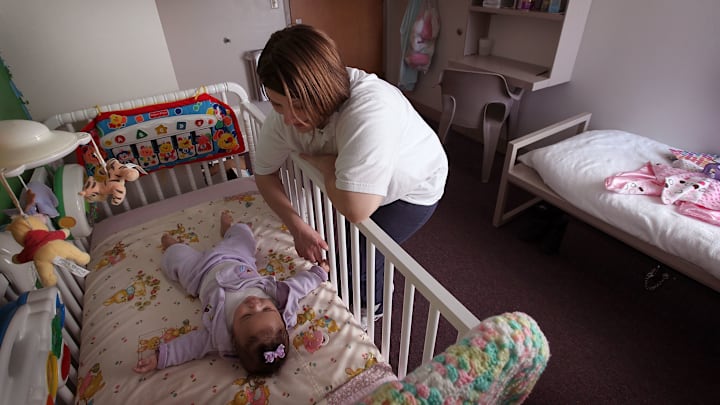Understanding Baby’s Sleep Patterns

New parents often find themselves navigating the complexities of their baby’s sleep patterns. Understanding these patterns can help parents create a conducive sleep environment and establish healthy sleep habits. Recognizing the differences in sleep cycles, creating a consistent bedtime routine, ensuring a conducive sleep environment, and responding to sleep cues are critical components in managing a baby’s sleep.
Babies have different sleep cycles compared to adults. Newborns typically sleep 16 to 18 hours a day, but their sleep is often broken into shorter periods of 2 to 4 hours. This frequent waking is due to their need for feeding and comfort. As babies grow, their sleep patterns gradually shift to longer stretches, especially during the night. Understanding this progression can help parents set realistic expectations and adapt to their baby’s changing needs.
A critical aspect of understanding baby sleep patterns is recognizing the difference between active and quiet sleep. During active sleep, babies may move, make noises, and have irregular breathing. This stage is similar to the REM (Rapid Eye Movement) stage in adults, where dreams occur. In quiet sleep, babies are more still and have regular breathing. Newborns spend about half of their sleep in active sleep, which is essential for brain development. Recognizing these stages can help parents understand what is normal and when to provide comfort without unnecessary intervention.
Creating a consistent bedtime routine can help signal to your baby that it’s time to sleep. A calming routine might include a warm bath, a gentle massage, reading a story, or singing a lullaby. Consistency helps your baby associate these activities with sleep, making it easier for them to settle down. Establishing a bedtime routine early can also help develop long-term healthy sleep habits.
The sleep environment plays a crucial role in your baby’s ability to sleep well. Ensuring that the room is dark, quiet, and at a comfortable temperature can significantly impact sleep quality. Using a white noise machine can help drown out background noises and create a soothing atmosphere. Additionally, establishing a safe sleep environment by placing your baby on their back in a crib with a firm mattress and fitted sheet, free from pillows, blankets, and stuffed animals, is essential for reducing the risk of Sudden Infant Death Syndrome (SIDS) and other sleep-related incidents.
Recognizing your baby’s sleep cues is vital in preventing overtiredness. Common sleep cues include rubbing eyes, yawning, fussiness, and decreased activity. Responding to these cues promptly by preparing your baby for sleep can help them fall asleep more easily and prevent overtiredness, which can lead to difficulty falling and staying asleep. Being attentive to these signals can help parents establish a more predictable sleep schedule.
It’s important to note that every baby is different, and sleep patterns can vary widely. Some babies may start sleeping through the night as early as 3 to 4 months, while others may take longer. If your baby is not sleeping through the night, it doesn’t necessarily mean something is wrong. Each baby has their own timeline for reaching sleep milestones. Patience and flexibility are crucial for parents as they navigate their baby’s unique sleep needs.
If you’re struggling with your baby’s sleep patterns, consider seeking support from a pediatrician or a sleep consultant. They can offer personalized advice and strategies to help improve your baby’s sleep. Additionally, joining support groups for new parents can provide valuable insights and encouragement from others who have experienced similar challenges. Professional guidance and community support can make a significant difference in managing sleep-related issues.
In conclusion, understanding and managing your baby’s sleep patterns involves recognizing the differences in sleep cycles, creating a consistent bedtime routine, ensuring a conducive sleep environment, and responding to sleep cues. By implementing these strategies, you can help your baby develop healthy sleep habits and ensure they get the rest they need for growth and development. Remember to be patient and flexible, as each baby is unique and may require different approaches to achieve optimal sleep. Embracing these practices can lead to better sleep for both the baby and the parents, fostering a healthier and happier family dynamic.